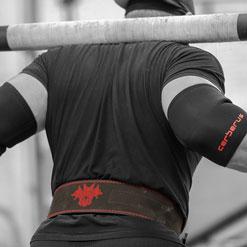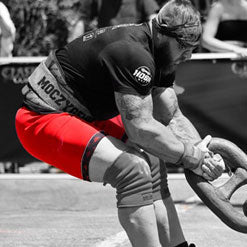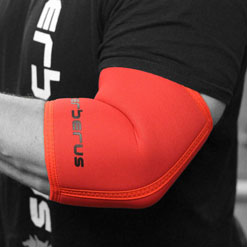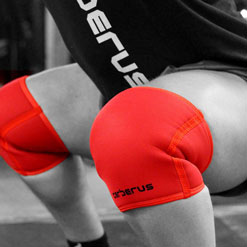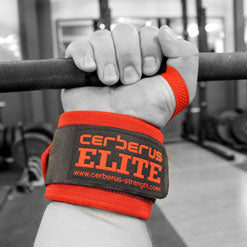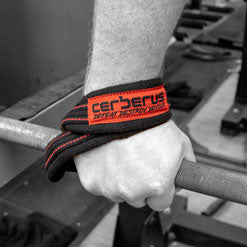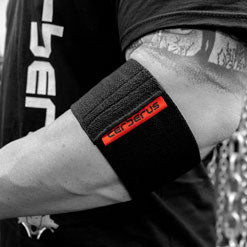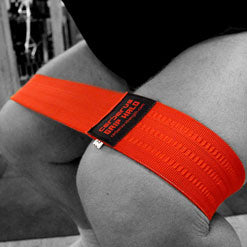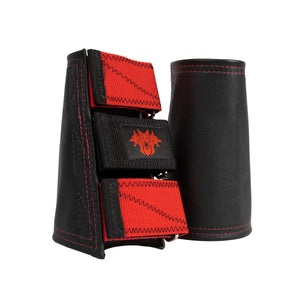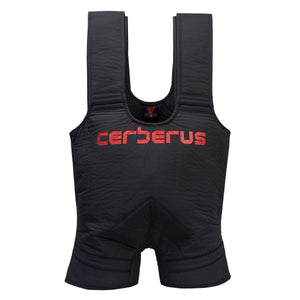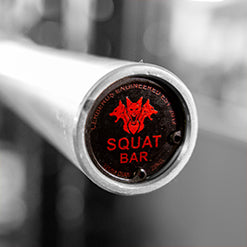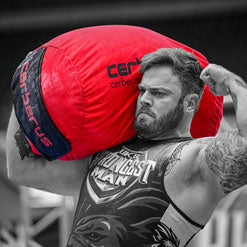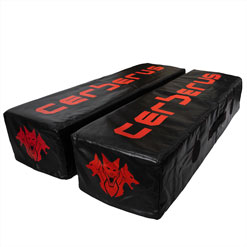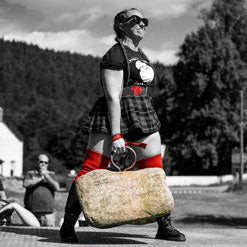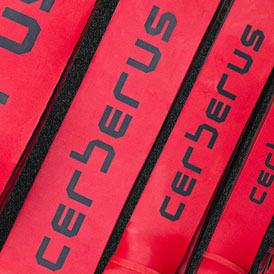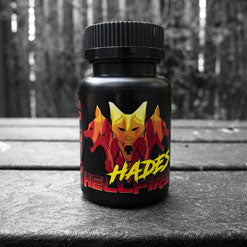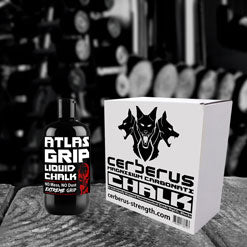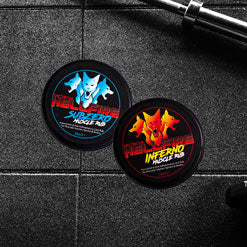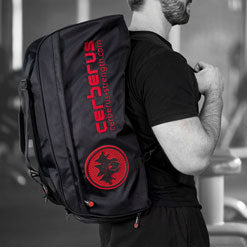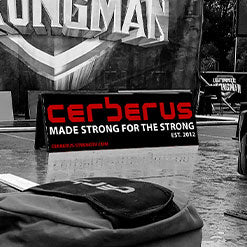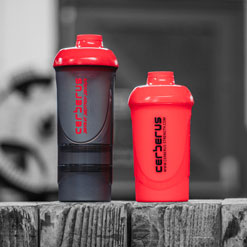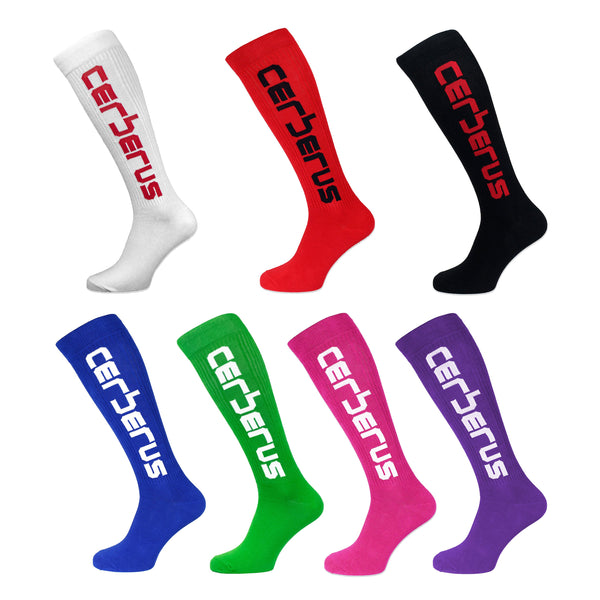When it comes to training like a pro or hitting milestones for the big leagues, form is everything. Weightlifting is no exception to this; maintaining proper form and stability with every lift is what matters the most. And to keep going, you must focus on injury prevention, especially when you’re levelling up with heavier weights.
This is exactly what a weightlifting belt helps you achieve: proper form and stability. As for the how, depending on which type of lift you’re performing, you’ll need to adjust the placement of your weightlifting belt (more on that later).
What is a Weightlifting Belt?
A weightlifting belt is essentially a type of weight-lifting equipment that’s built to create intra-abdominal pressure, which is essential for spine support. Wearing this belt while lifting heavy weights is the best way to ensure correct posture and stabilisation. There are different types of weightlifting belts available in the market.
A high-quality, well-built weightlifting belt will also help you avoid injury, which is one of the most common setbacks for those who train like a beast! At CERBERUS, we offer all types of weightlifting belts—deadlift belts, back support belts, under-belts, and more. Next, let’s jump into what exactly can a weightlifting belt offer you...
What Does a Weightlifting Belt Do?
Generally, a weightlifting belt wraps around your core muscles (although this varies based on what exercise you’re doing) and keeps them in the right position as you perform heavy lifts. You can use it for movements like deadlifts, weighted squats, Olympic lifts, overhead presses, and more. A weightlifting belt will also keep you from throwing out your back (who wants that!) by preventing back hyperextension. As long as your weightlifting belt suits your training and is built well, it can offer multiple benefits.
Benefits of Using a Weightlifting Belt

Minimized Lumbar Extension
As we mentioned before, a good lifting belt will ensure intra-abdominal pressure (stable core muscles) as you lift heavy weights. This means your body will have enough support and stability to keep from activating your lumbar or lower-back muscles.
Spinal Stability
Wearing a well-built weightlifting belt ensures a stable core and spine, which in turn reduces the chances of your spine curving forward. This kind of stability of your spine is crucial for the right form and is difficult to achieve without a lifting belt, especially if you want to scale up.
Assists Your Bracing
The added intra-abdominal pressure is great for bracing your core muscles. Without maintaining this activation in your core, you will not be able to lift heavy weights with good form. Remember that bracing also helps prevent neck and back strains, so wearing a weightlifting belt is a big yes!
Increased Lifting Power
With your spine, back, and abdominals supported the right way, a weightlifting belt allows you to scale up to heavier weights. In fact, according to a study, when a belt is properly used, it can help you hit higher one-rep maxes in weighted parallel squats.
Improved Muscle Endurance
The intra-abdominal pressure that a weightlifting belt helps you achieve is not possible without one. This means, the more you train with a lifting belt on, the better for your muscles. You’ll only be activating the right muscles, hence increasing your endurance.
Types of Weightlifting Belt
Now that you know why all serious lifters have a good-quality weightlifting belt by their side, it’s time for another game-changing revelation: the right type of weightlifting belt for you. Here are the different types of weightlifting belts and what they offer:
Single-prong belts: The most popular type of belt and a loved one among lifters, a single-prong belt has only one prong to secure the belt. This is a good weightlifting belt for beginners and pros alike. CERBERUS offers single-prong belts in 10mm and 13mm options with sizes up to 6XL.
- Lever belts: A lever or lever buckle belt refers to a type of weightlifting equipment that has a lever for fastening, which allows for quick adjustment and fastening. This type of belt is preferred over pronged ones for its ease of use.
- Adjustable lever belt: The 13-mm CERBERUS X Pioneer Adjustable Lever Belt is probably the most adjustable belt available in the market. Offering maximum support and adjustability, this weightlifting belt is for heavy-duty lifters.
- Velcro: Another popular type of belt is made using velcro patches sewn on the fastening end of the belt for quick adjustments. Whether you experience weight fluctuations or occasional bloating, a velcro belt is a versatile option that gives you extra room if needed.
- Underbelt: The CERBERUS 7mm Neoprene Underbelt is built to maximise any weightlifting belt’s performance. You can simply wear this underneath one for added compression and stability.
The Triple-Ply Deadlift Belt from CERBERUS is made using an extra-strong velcro and dual-ring locking system for optimum performance.
How to Wear a Weightlifting Belt?
So, now you know all about weightlifting belts and what they do. But don’t forget— a weightlifting belt only works when you wear it the right way. Here’s how:
1. Wrap the Belt:
Usually, it’s best to wrap the belt right above the hip bone for optimal support. It should wrap firmly across your back and torso.
2. Inhale Slightly and Tighten:
The next step is to do a partial inhale and tighten the belt a little. Remember that it shouldn’t be fastened so tight that you feel uncomfortable pressure or like you’ll explode. It’s important to have some room for proper bracing.
3. Breathe and Expand:
Finally, you need to breathe and brace your core muscles (which is the whole point of the belt). While you have to manually do the bracing, the weightlifting belt helps you do it better and for longer.
When to Use a Weightlifting Belt?
The easiest way to remember when you should be wearing your weightlifting belt is this: when you’re lifting 80% or more of the weight with which you do your one-rep max. Another time when you should use it is when you’re doing compound movements, especially with heavier weights.
Other than these instances, these are the recommended exercises to do with a weightlifting belt on:
- Deadlifts
- Weighted lunges
- Overhead presses
- Weighted Squats
Conclusion
We hope we have answered all the questions you had about weightlifting belts. If you want to buy a fail-proof weightlifting belt to level up on your lifting journey, CERBERUS offers all types of belts with a 365-day warranty and a 30-day money-back guarantee! Explore our wide range of gym equipment and give your body the support it deserves. Pick from high-quality elbow sleeves and knee sleeves, or powerlifting suits, wrist wraps, and lifting straps to hit those lifting milestones.









